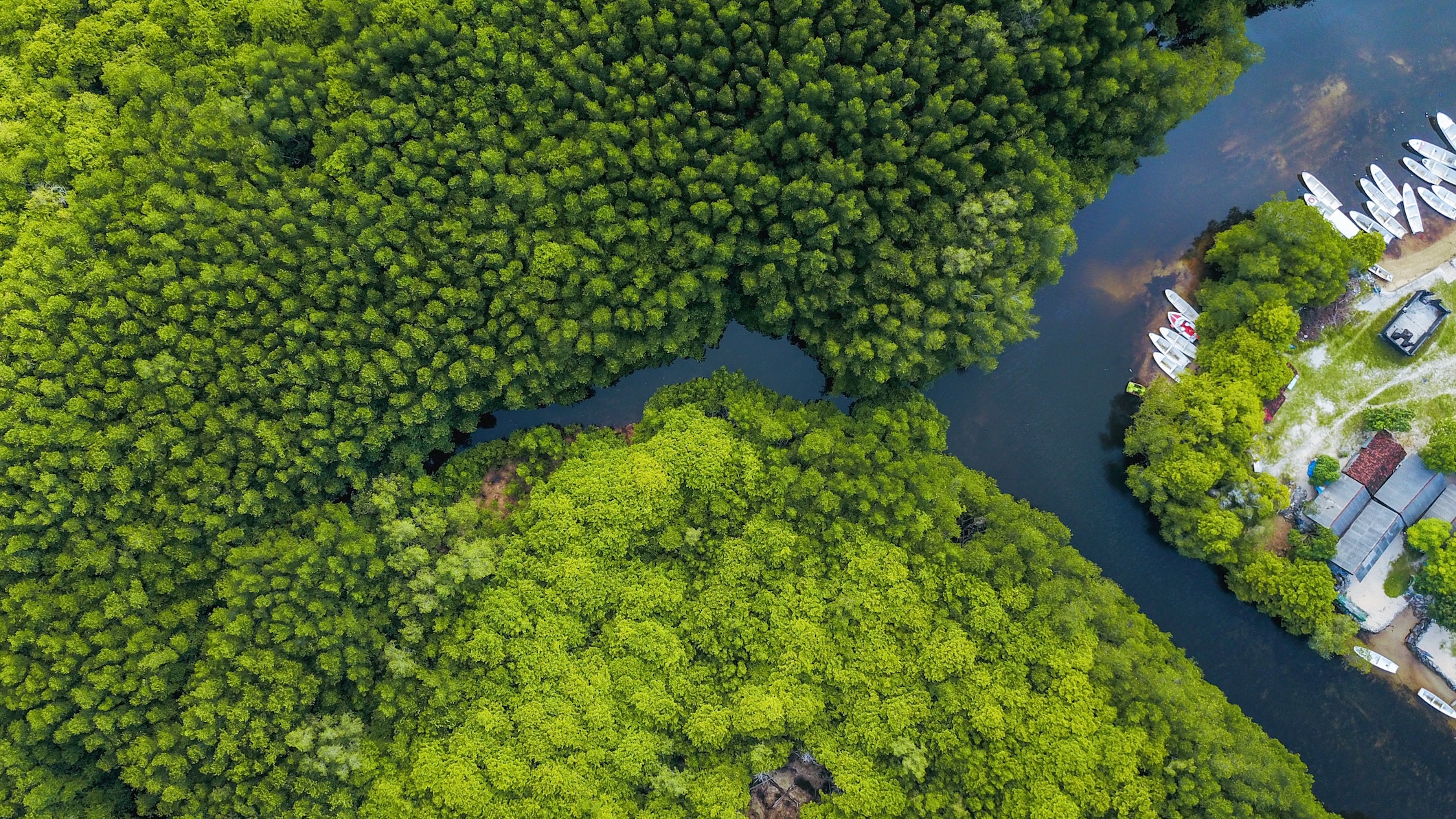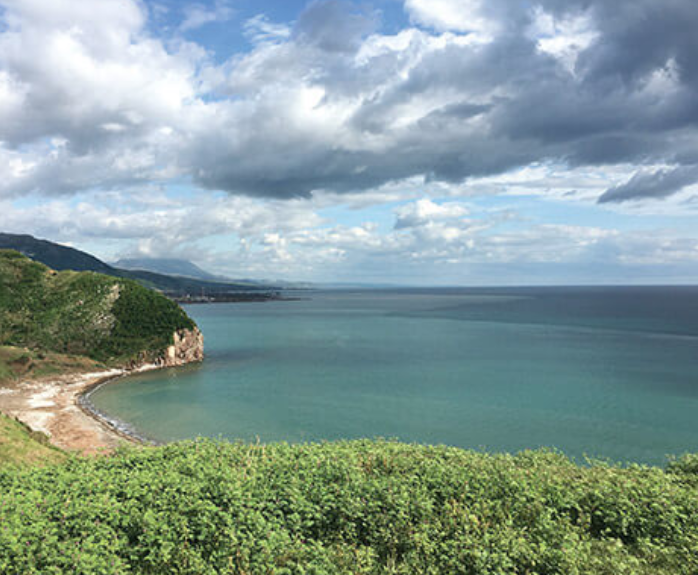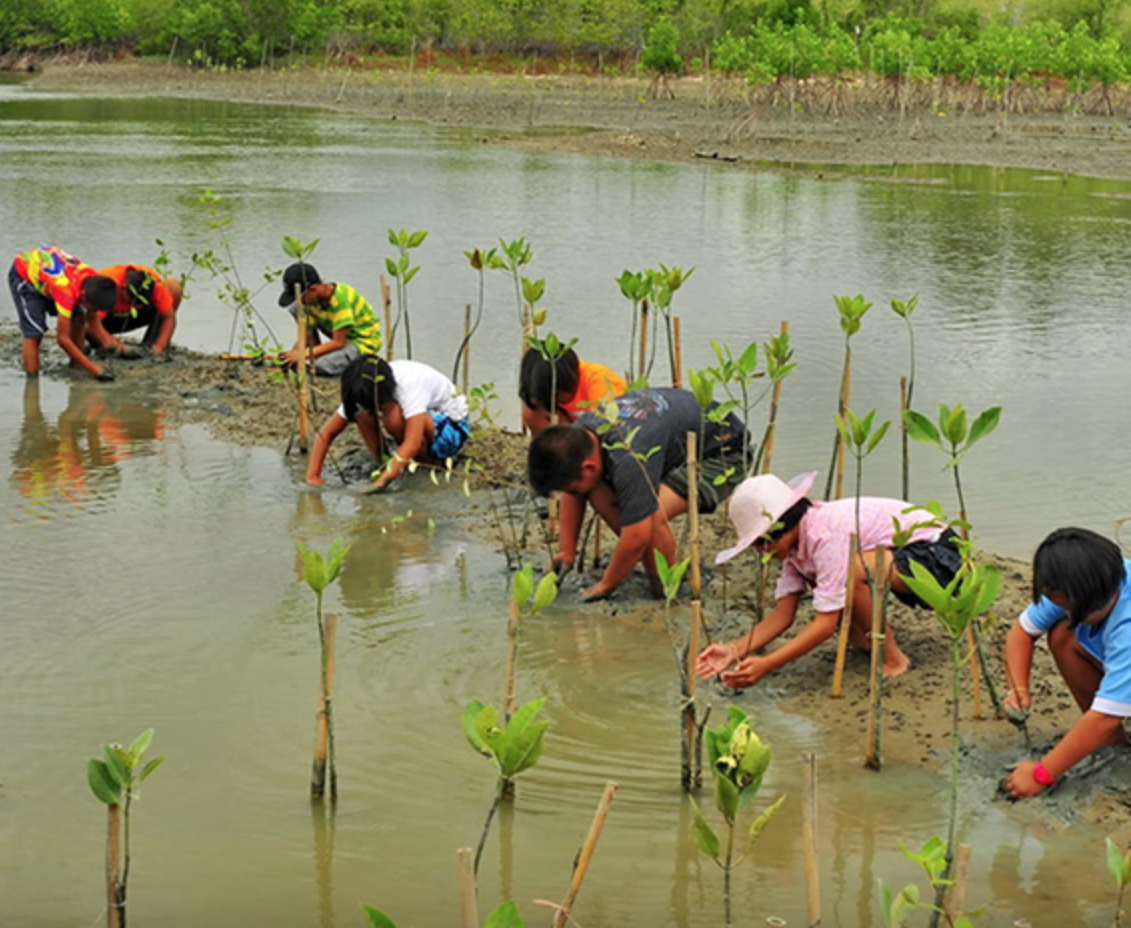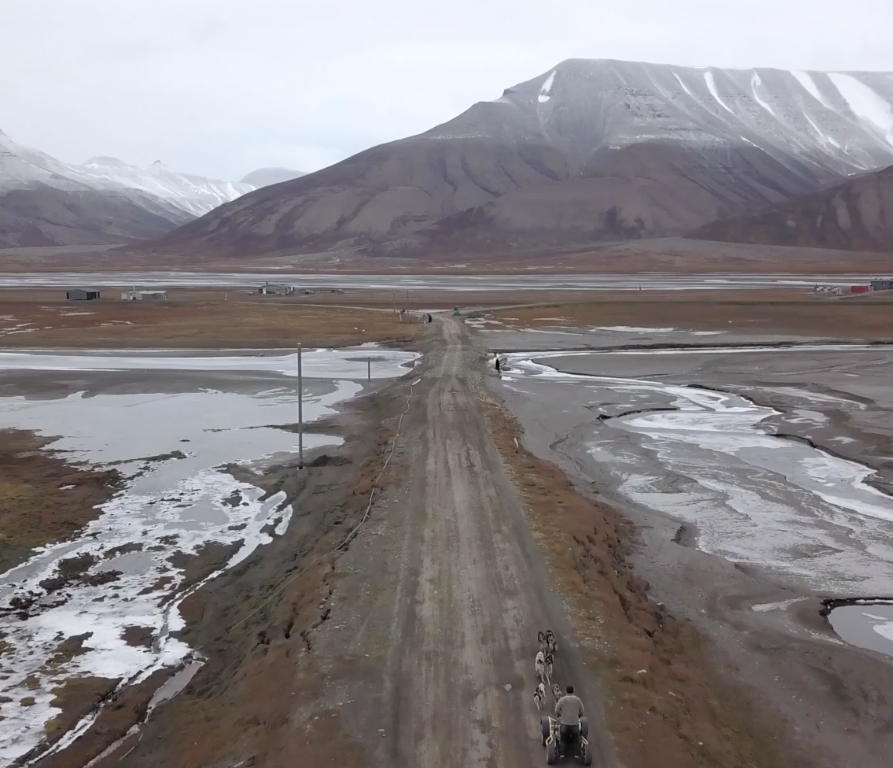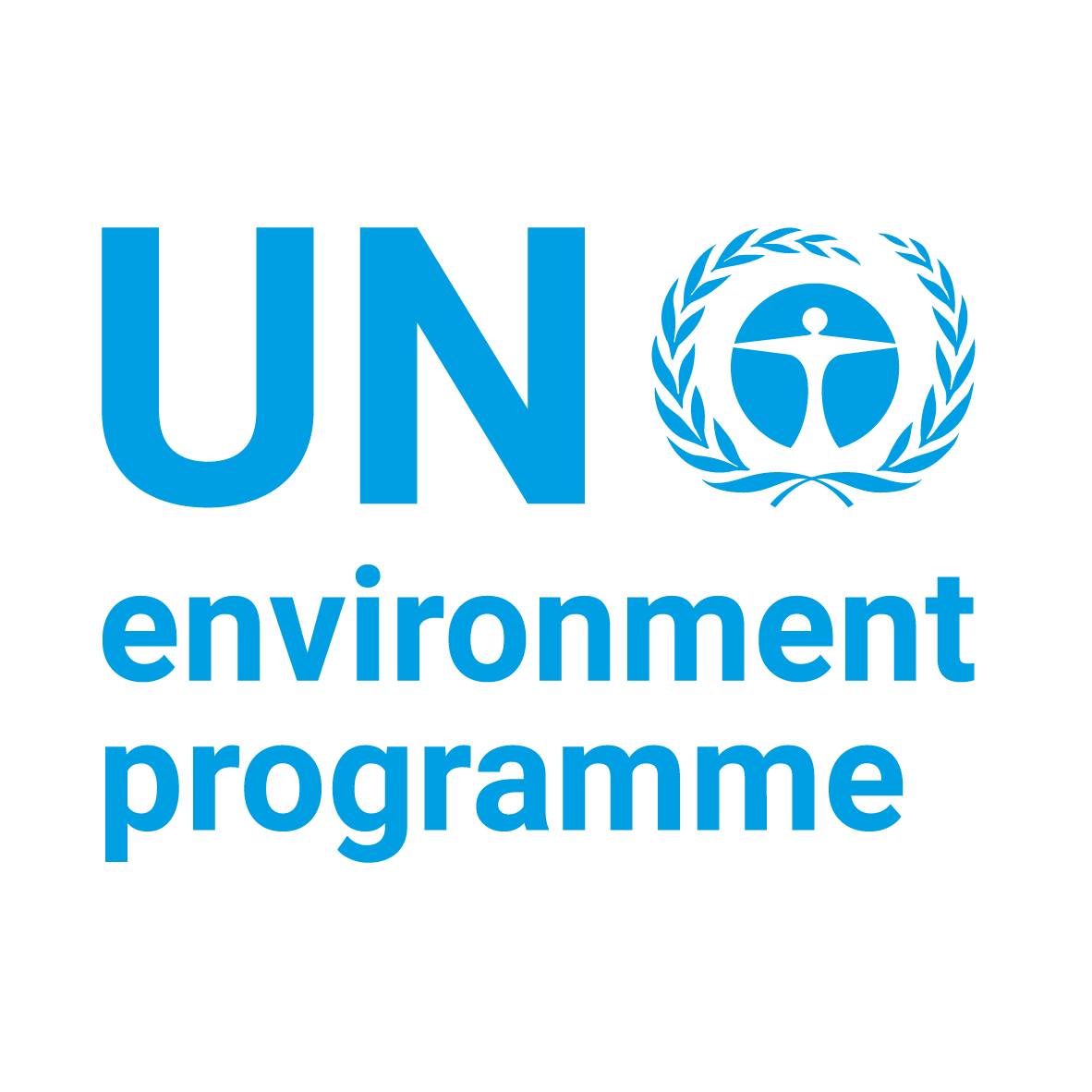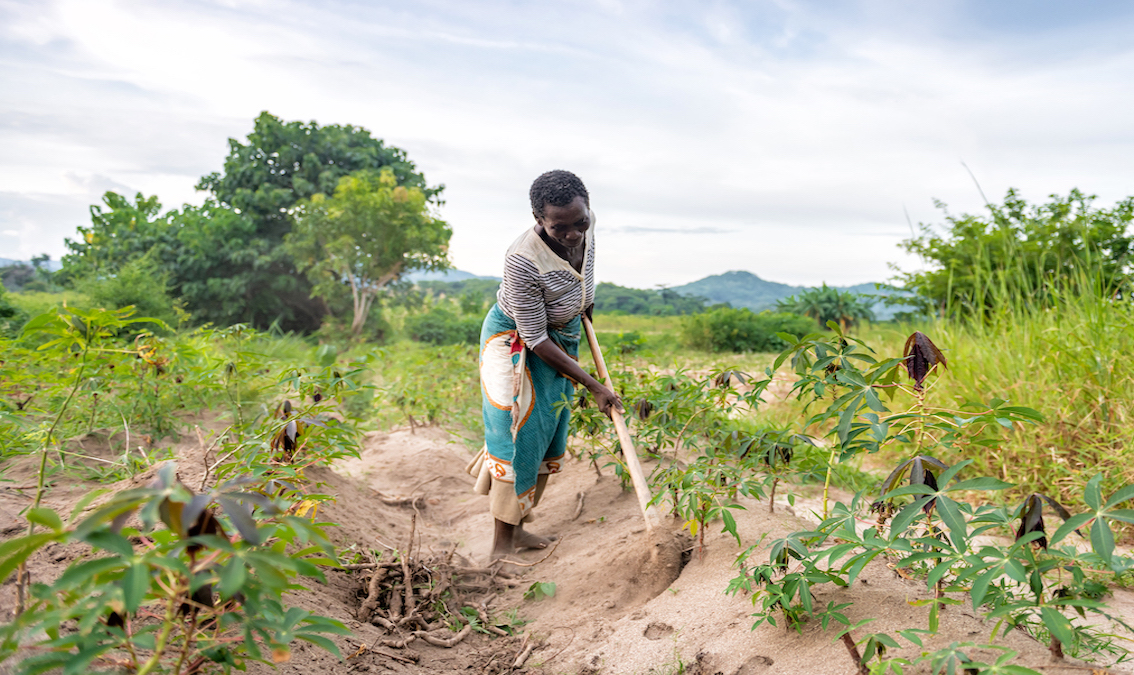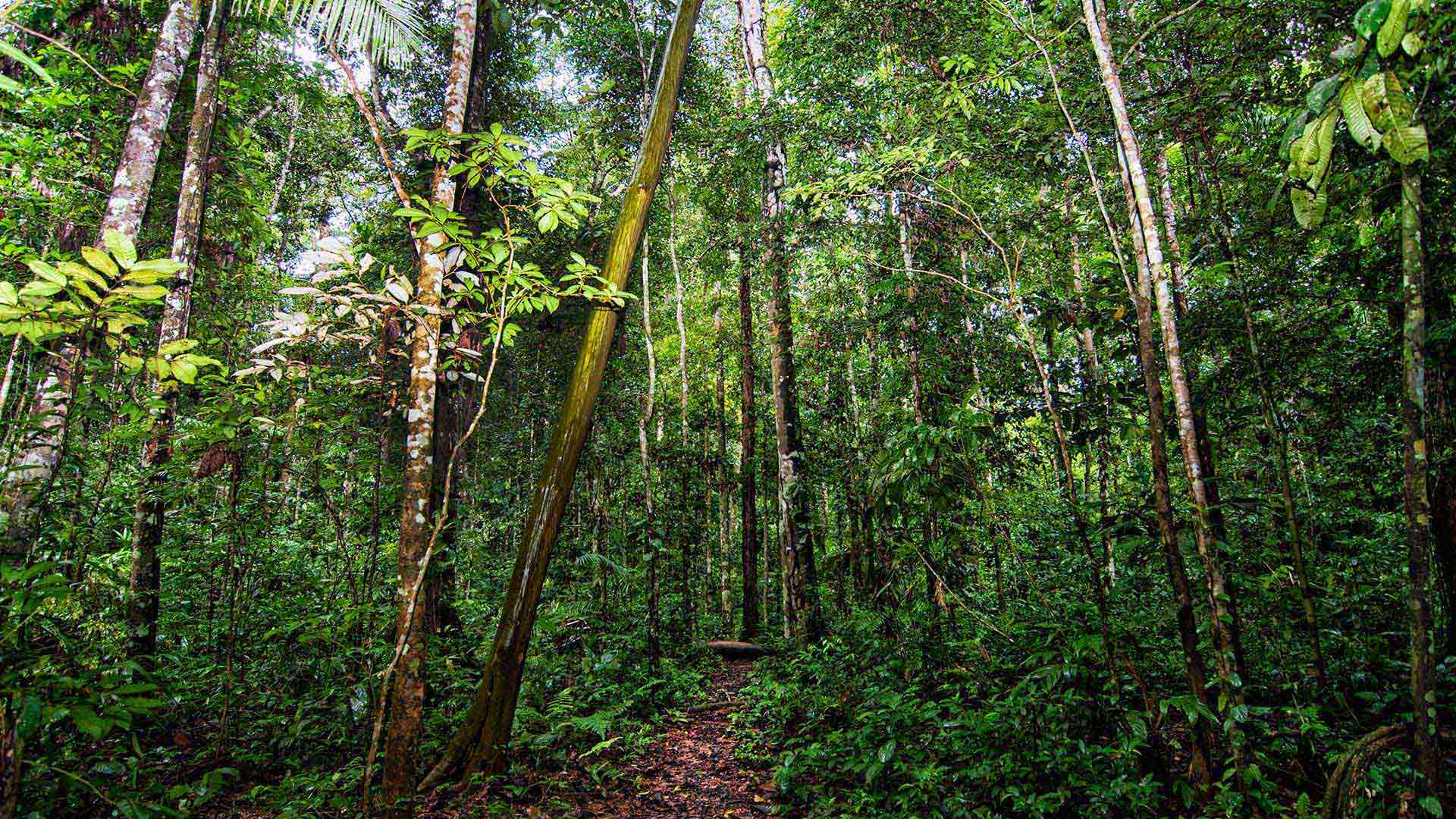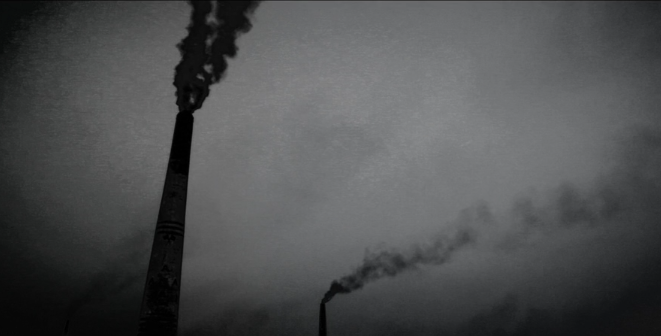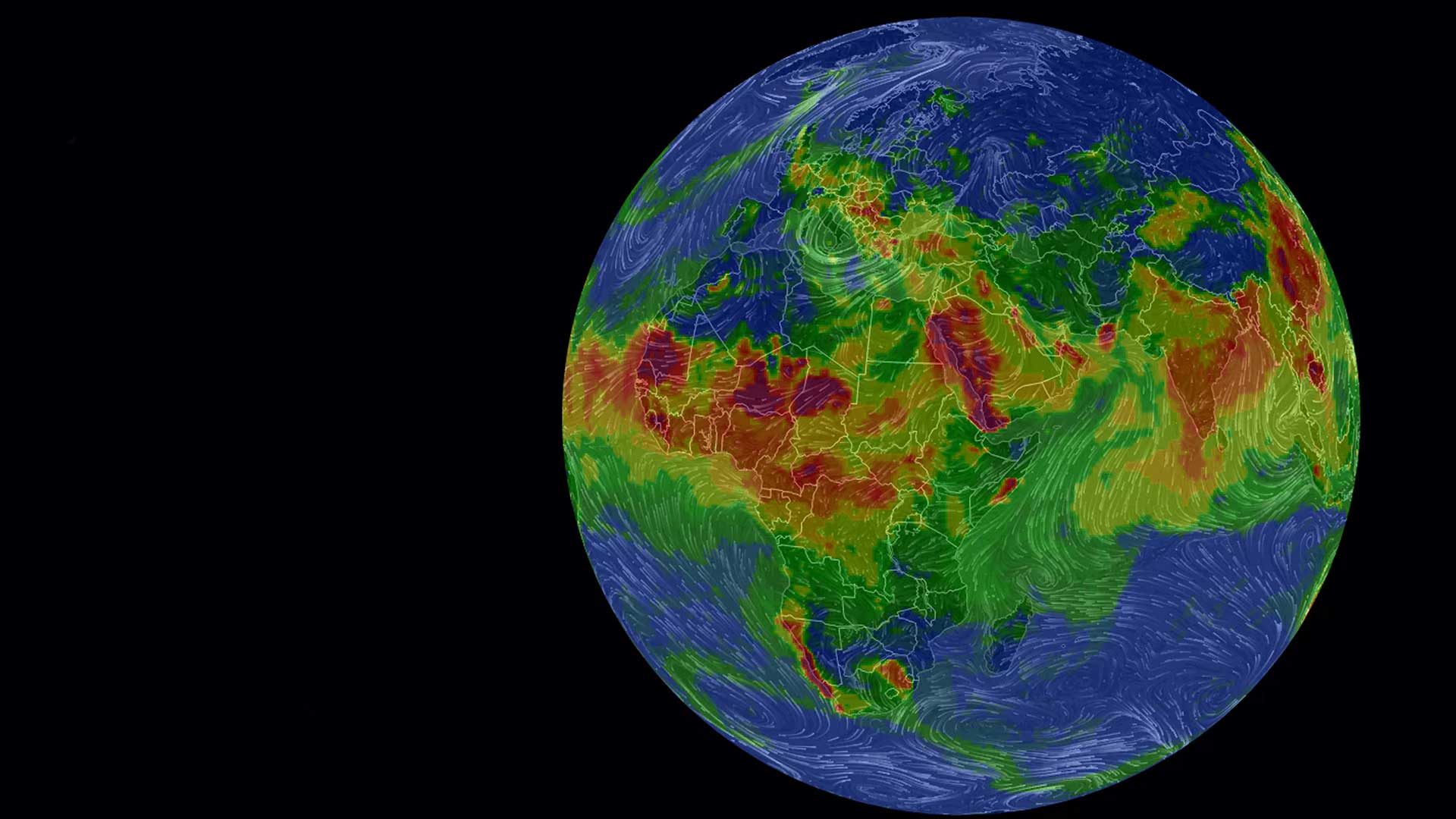Nature offers many solutions for reducing the impacts from disasters and climate impacts. This may include protecting forests on steep slopes, maintaining sand dunes along coastlines, wetlands to buffer excess rainwater. These so-called ‘Nature- based solutions’ (NbS) are an important piece in the puzzle to building the resilience of households and communities to an ever-increasing number of disaster events around the world.
For years, experience and evidence on NbS from around the world has been growing. But many people – from policy makers, through to engineers and businesses – don't yet know how NbS can help them solve the challenges they’re facing from events like floods, heatwaves, or droughts. These events affect the lives of millions of people every year.
So, what are ‘Nature-based solutions’, or NbS? How can they help build resilience to disasters and climate change impacts? Why is NbS relevant? How can I apply NbS in my work and everyday life? In this online course, UNEP and environmental experts from around the world will provide you with answers to those questions, reaching out to you and me, to planners, policy makers, engineers, businesses, and youth. This is an opportunity for you to join a community of learners and environmental advocates.
First touching upon the “why”, the course provides an introduction to nature-based solutions for disaster and climate resilience, the benefits and potential opportunities. Then, specific modules aimed at different target audiences will focus on the practical application of nature-based solutions, the “how”.
Who is the course aimed at? Nature-based solutions are relevant to everyone, and we all benefit from seeing them applied. With this in mind, the course is designed to be accessible to everyone, no matter your background.
By the end of this course, you will learn:
- How to apply nature-based solutions in enhancing resilience to disasters and climate change, whether you are a youth leader, practitioner, policy maker, engineer or business owner.
- How human activities are interlinked with ecological systems and main tools and approaches for applying nature-based solutions to reducing disaster and climate risks.
- How policy makers are including nature as a solution in policy processes for reducing disaster and climate risks.
- How practitioners are applying nature-based solutions for reducing risks of natural hazards by investing in restoration and protection.
- About green infrastructure and designing with nature as a viable complement to grey engineered protection structures for reducing impacts of disaster events.
- What young people and teachers, policy makers, practitioners, businesses and engineers can do to get involved in our race against the climate emergency.
This course was developed by the Partnership for Environment and Disaster Risk Reduction (PEDRR) and the United Nations Environment Programme (UNEP), with support from the European Commission. It is hosted by the SDG Academy.
